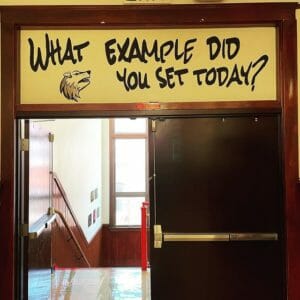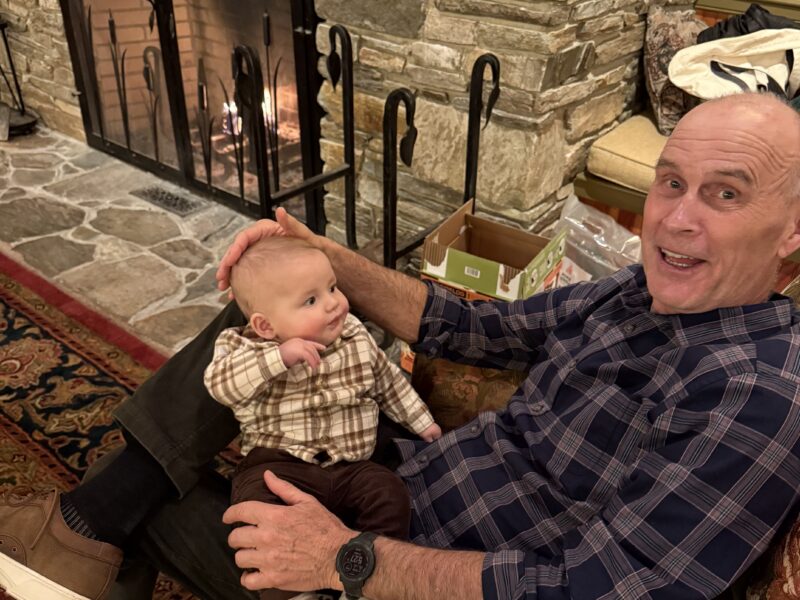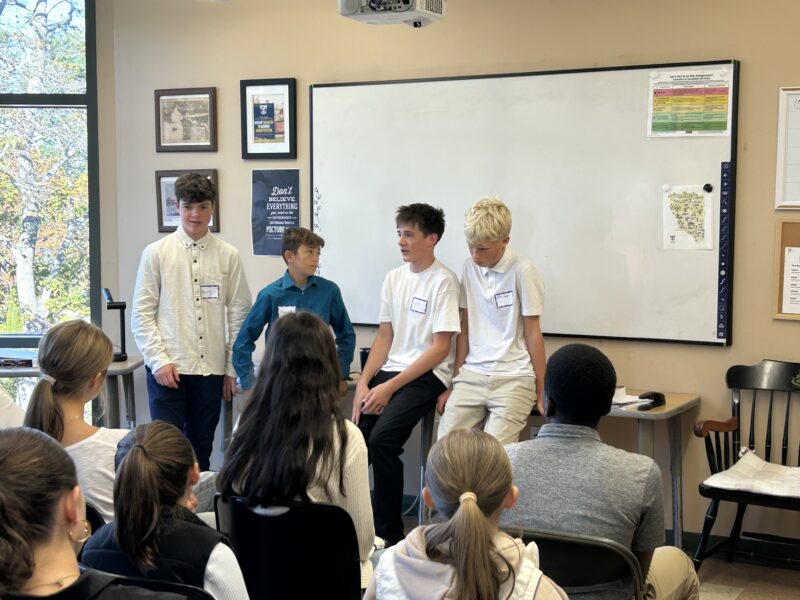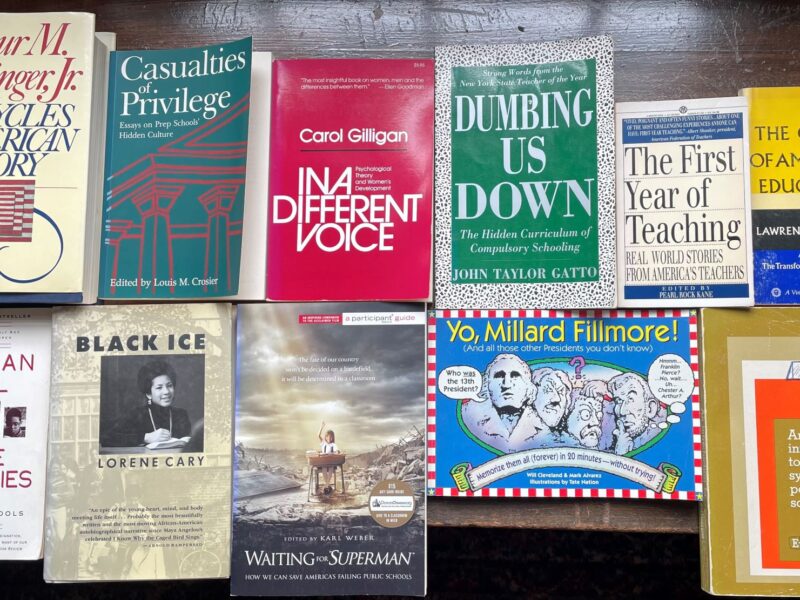
One need not teach for long to know the difference between strong and weak school cultures. Strong ones tend to be spirited, empathic places where the students and teachers honor and embody what character educator Thomas Lickona calls the “4th and 5th Rs” — Respect and Responsibility. Weaker ones succumb to attitudinal patterns with a range of issues from bullying (actual and cyber) to academic indifference in the classroom to poor sportsmanship on the athletic field.
But what’s the secret sauce that drives the strong school cultures? Lately I have been asking that question to educators I hold in high respect. Here are some of the answers I have gotten back:
Common Language: “Our school culture benefits from a collection of words and principles that truly guide what we’re doing, how we live our lives, how we approach each other and situations. We share a vision that serves as a glue that helps us move each other forward.”
- Dr. Sandra Dupree – Executive Director, Hyde-Brooklyn Public Charter School – Brooklyn, NY
“Having a common language puts every student and every adult on the same playing field. As teachers, it allows us to bridge gaps with students that we may not know well or students with whom we don’t typically interact.”
- Adam Downing – Social Studies Teacher – Upper Dauphin (PA) Middle School
Student on Student: “Our culture is at its strongest when kids are not only responsible for themselves and the choices they make, but when they have a part in encouraging others to make good choices as well and also to contribute. Nobody is a bystander. We all have a part to play in helping our classmates to be and do better.”
- Dr. David Hatfield – Superintendent of Schools, Halifax, PA
Teamwork & No Blame Game: “Student failure is treated as everyone’s problem, and adults don’t blame each other, but work together. Parents don’t blame the teacher and vice versa.”
- Craig Cunningham, PhD – Professor of Education
“School-wide jobs (Ed: Part of the Discovery Process) inspire kids to take ownership of the school. I’ll never forget a custodian who came up to me when I was a young principal and said, “Boy, you must be a real disciplinarian who scares the kids because graffiti and litter in the halls have just disappeared.” I replied, “It’s not because I’m a disciplinarian. It’s because these kids are owning the school as theirs.”
- Jared Shade – Superintendent of Schools, Upper Dauphin, PA

- Ted Hall, Sr. Assoc. – Great Schools Partnership, Inc. – Portland, ME
Retired principal, Yarmouth (ME) High School
“I recently visited a great classroom culture yesterday at a small public elementary school in rural Maine. I witnessed: High expectations. A mutual respect between teacher and student. Some fun and levity in the learning process. And, importantly, a sense of purpose to it all. Students were clearly engaging their time and effort in the learning process because they saw the reason and the benefit to them (e.g., aspirations).”
- Bob Stuart – Executive Director, Maine College Circle – Yarmouth, ME
“Leadership matters! Leaders must model what they want to see from students, staff, and communities.”
- Chris Toy – former public school principal (ME), author, Registered Maine Guide
“It comes down to social and emotional awareness and the student’s feel the school asking “Who are you?” and not just “What are you capable of doing?”
- Jen Lobozzo – Spanish teacher, Hyde School – Bath, ME
“Every school has an ethos or a culture. That culture is created by either default or design. And in most schools, that culture is created by default. What happens on the bus or in the hallways when teachers aren’t looking is not by design. It’s just what happens in daily interactions with students and teachers. At our school, we decided that what was happening was not working for us. We saw that students who were often coming to us from good homes and families not making good choices at school because they were confronted by a student peer pressure that was just so powerful. So, we decided that we wanted to design a culture that was in line with the culture that parents wanted for their chidren.”
- Bob Hassinger, Superintendent (Retired) of Halifax (PA) Schools established the first Discovery Process program in 1995.
Onward, Malcolm Gauld



